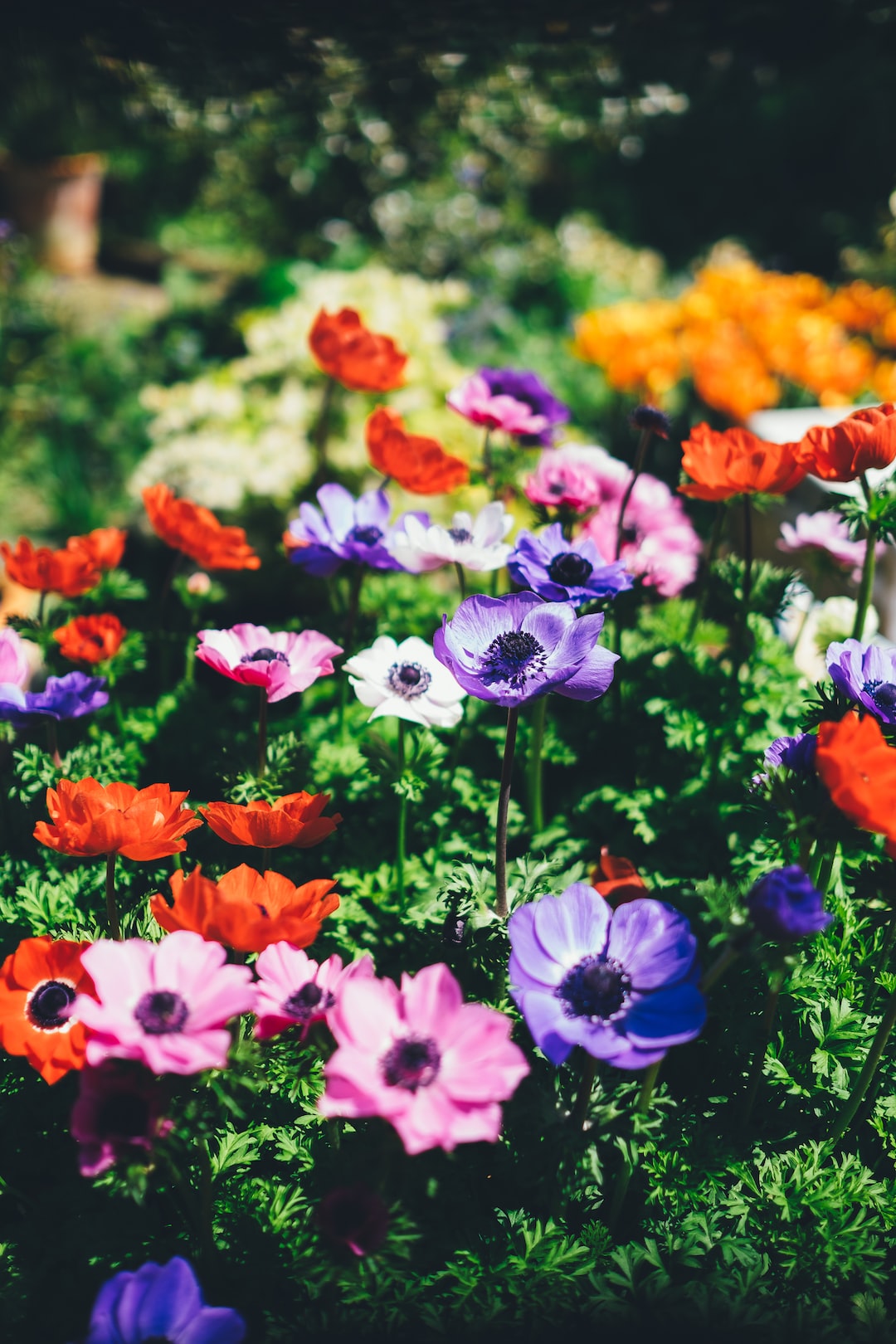The Art of Pruning: Techniques for Different Types of Plants
Pruning is an essential gardening practice that promotes healthy growth and maintains the overall appearance of plants. While it may seem like a simple task, mastering the art of pruning requires knowledge of various techniques that are specific to different types of plants. Whether you have a collection of ornamental shrubs, fruit trees, or flowering vines, understanding the proper techniques for pruning will ensure optimal growth and vibrant blooms. In this blog post, we will explore some of the most common pruning techniques for different types of plants.
1. Shrubs and Hedges:
Shrubs and hedges are often the backbone of a well-designed garden, providing structure and privacy. To keep them in top shape, you need to employ techniques such as shearing, thinning, and rejuvenation pruning. Shearing involves using hedge trimmers to create a uniform, dense shape. It is best suited for formal hedges like boxwoods or privets. Thinning, on the other hand, involves selectively removing some branches to improve airflow and light penetration. This technique is beneficial for shrubs like lilacs and forsythias. Finally, rejuvenation pruning involves removing old, unproductive wood to stimulate new growth. This technique is especially useful for shrubs that tend to become leggy over time, such as spirea or potentilla.
2. Fruit Trees:
Pruning fruit trees is essential for enhancing their productivity and longevity. The primary goals of pruning fruit trees include improving sunlight exposure, maximizing fruit production, and controlling its size. When pruning fruit trees, keep in mind the three basic cuts: heading back, thinning, and removing suckers. Heading back selective branches involves cutting the tips of young branches to encourage lateral branching and a more compact shape. Thinning is done by removing whole branches or individual fruit clusters to ensure adequate airflow and reduce the risk of disease. Lastly, removing suckers involves removing shoots that emerge from the rootstock, as they usually lack fruiting ability.
3. Climbing Vines:
Climbing vines are a beautiful addition to any garden, but they require regular pruning for optimal growth and appearance. Whether you have clematis, honeysuckle, or jasmine, the key to pruning climbing vines is determining their blooming period. Some vines, like wisteria, bloom on old wood, while others, like clematis, bloom on new wood. Prune spring-flowering vines such as wisteria immediately after flowering to promote new growth and stimulate flowering for the following year. For summer or fall-flowering vines like clematis, prune in late winter or early spring to encourage healthy new growth and abundance of blooms during the growing season.
4. Roses:
Roses are perhaps one of the most popular plants in the garden, known for their stunning blooms and enticing fragrance. Proper pruning is crucial for maintaining the health and beauty of roses. The two main types of roses for pruning purposes are hybrid teas and shrub roses. Hybrid teas require heavy pruning to remove dead, diseased, or weak wood and encourage new growth. Pruning hybrid teas involves cutting the main branches down to a height of 8-12 inches, leaving only the strongest canes to promote healthy growth. Shrub roses, however, require lighter pruning to maintain their natural form. This involves removing only dead or damaged wood and shaping the shrub to maintain an attractive shape.
In conclusion, pruning is an art that requires careful consideration and knowledge of specific techniques for different types of plants. By understanding the unique pruning requirements of shrubs, fruit trees, climbing vines, and roses, you can ensure that your plants thrive and display their maximum beauty. So, grab your pruning shears, put on your gardening gloves, and let the art of pruning elevate your garden to new heights!


